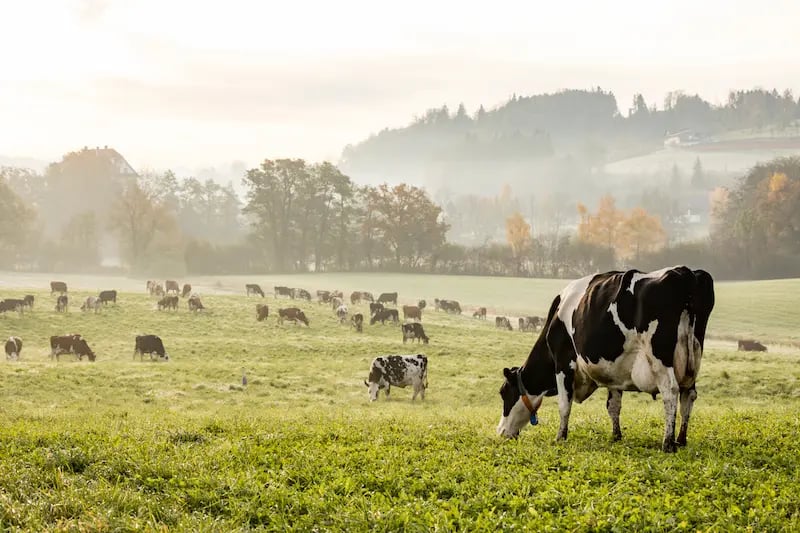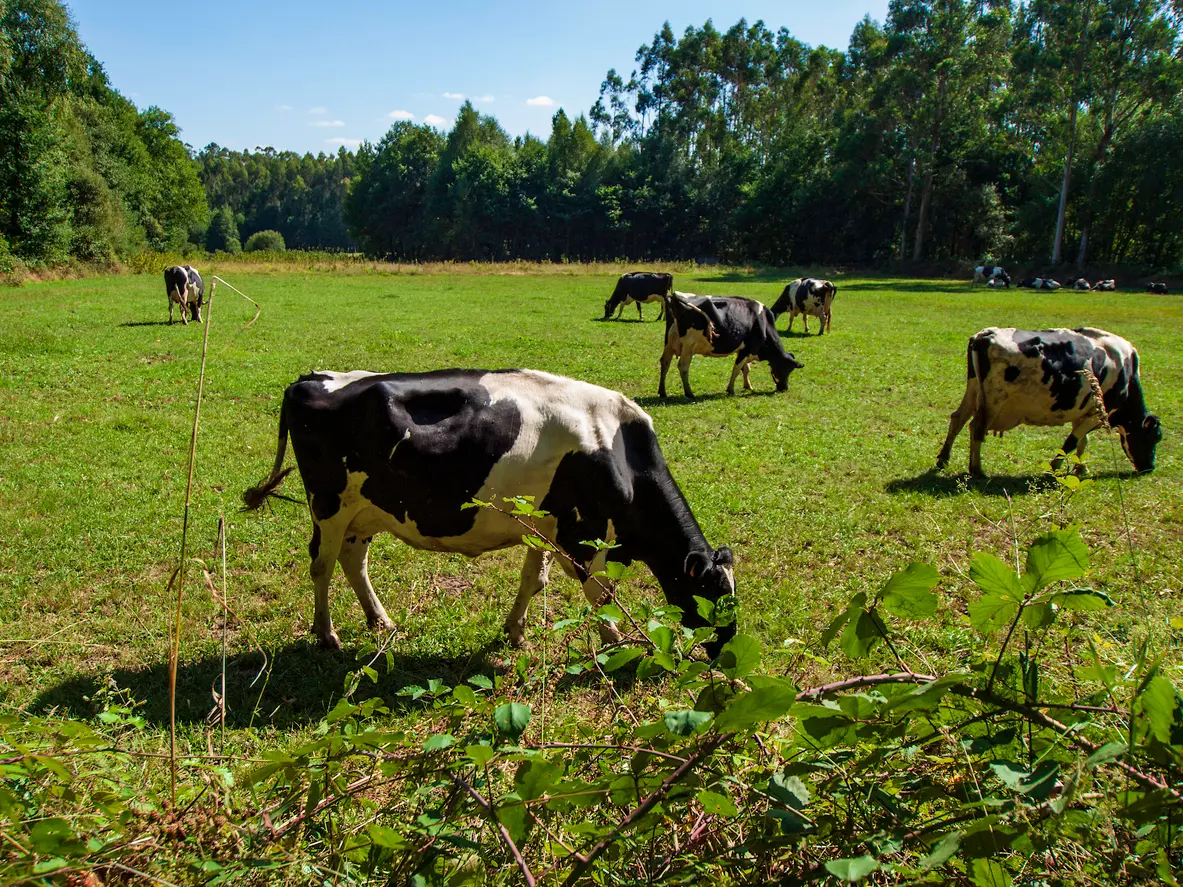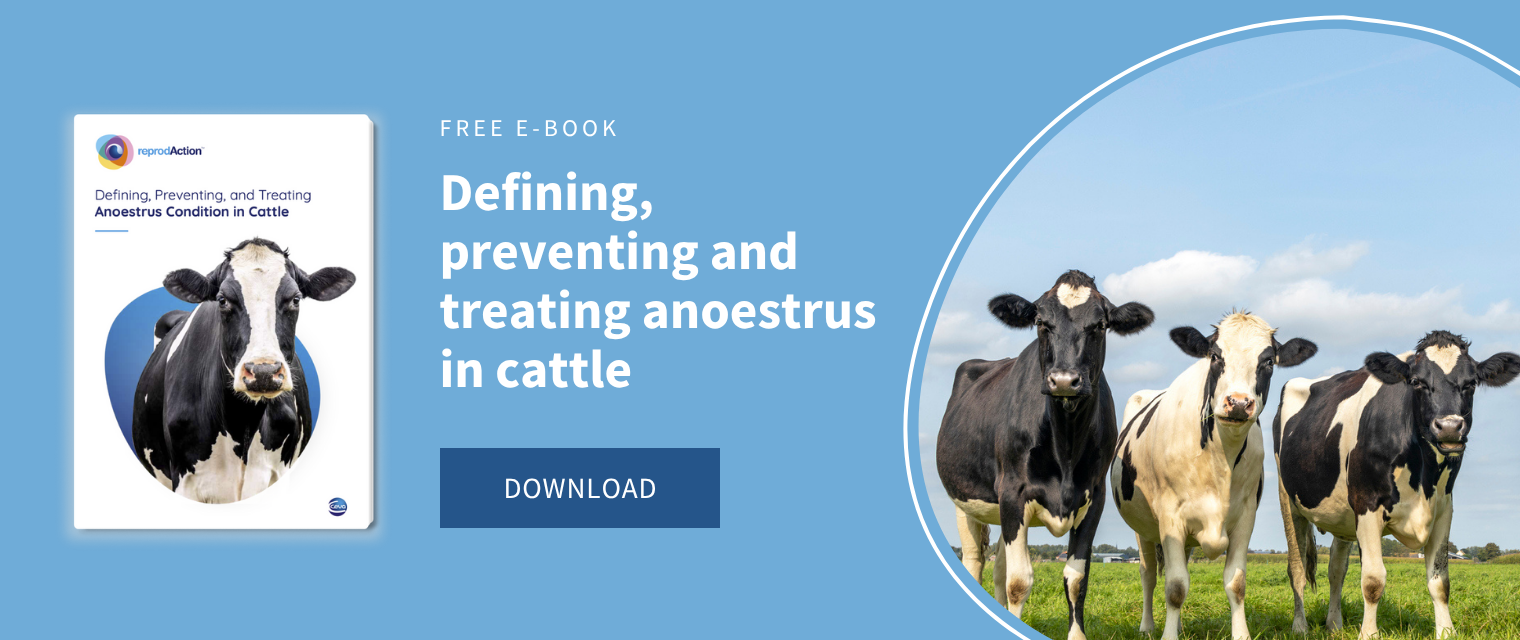Artificial insemination (AI) is currently the most common practice worldwide to breed cows on dairy farms. It is considered one of the most important techniques regarding reproductive technologies, especially in cattle and has been in commercially available for nearly 100 years, with numerous AIs being performed daily1.
This practice allows for increased performance of bulls and reduces the costs associated with the rearing of these animals on the farm. It also favours the control of diseases and prevent the dissemination of lethal genes or congenital defects. In addition, the use of sexed semen facilitates the planning of the farm's breeding programme, allowing to select the best cows to parenting the future generation of replacements. However, greater animal manipulation is needed and iatrogenic problems can eventually be caused, such as insemination of pregnant animals, as well as inaccurate breeding.
Nevertheless, if several key factors are considered, not only can AI be a simple and cheap technique, but it may also achieve accurate success rates and accelerate the genetic improvement on farms.
Insemination time
The aim of artificial insemination is to ensure an adequate reservoir of competent, capacitated, and motile semen in the vicinity of the oviductal isthmus at the time of ovulation. Therefore, the timing of artificial insemination can be established according to two different approaches:
- Heat detection: At the beginning of the century, it was determined that insemination within 12 hours of the onset of oestrus provided an adequate compromise in terms of maximising fertilisation and embryo survival rates2.
Therefore, the AM-PM rule has long been routinely followed on farms. However, in most large farms or in those herds where an outside insemination service is hired, all animals are inseminated at the same time of the day. The use of monitoring devices for heat detection is now expanding. Consequently, the correct interpretation of the information provided by these devices is extremely important for the timely performing of AI. - Fixed-time Artificial Insemination (FTAI): The main advantage of this approach is that it allows AI to be performed without the need of heat detection. This system significantly improves the pregnancy rate, fertility has been shown to achieve higher levels than those achieved by insemination from detected oestrus. These programs require accuracy on their application to be successful, for this reason they are an alternative that should be implemented with full collaboration and awareness between all the key stakeholders.
Semen preservation and manipulation. The importance of thawing
Bovine semen is mostly preserved in 0.25 or 0.5 mL straws in liquid nitrogen tanks at -196ºC. The timing required for the extraction of the straws should be as short as possible (maximum 3 seconds3, taking into account that incorrect handling of one straw in the tank may affect the quality of the remaining ones. The scarce volume of the straws favours their vulnerability to temperature shifts. This problem is even more serious when using 0.25 mL straws, more common in Europe and Canada, given the greater surface/volume ratio.

To ensure the correct preservation of semen straws, adequate nitrogen levels must be maintained inside the tank. To achieve this objective, two basic key points should be considered:
- Avoid keeping the tank open for a long time.
- Refill the tank at regular frequency, with written schedules.
Additionally, the process of thawing is crucial, as it should be performed as rapidly as possible. Rapid thawing diminishes the harmful effects of recrystallisation and rehydration, preventing damage to the sperm membranes4. It is advisable to thaw the semen in a water bath at 35ºC for 45 seconds (30-60), and only as many straws as can be applied in a maximum of 10 minutes. Special attention should be paid during thawing, as straws should not come into contact with each other to ensure homogeneity of the temperature of each dose.
Optimal depositing of semen in the uterus
It has been concluded that the body of the uterus is the right place to deposit semen in the cow. Although deep intracornual insemination of both horns may seem the best approach, the increased difficulty in reaching the proximity of the oviduct may result in damage to the endometrium with severe negative impacts on future fertiliy. Likewise, no advantages were found with insemination in the horn ipsilateral to the ovary with the preovulatory follicle, with one of the main drawbacks being the need to explore the ovaries and the risk of provoking premature rupture of the follicle.
Conclusion
Insemination time, semen handling and correct deposition techniques are the main key factors to achieve accurate AI success rates.
References
1. Vishwanath R. Artificial insemination: the state of the art. Theriogenology 2003; 59(2):571.
2. Trimberger GW and Davis HP 1943. Conception in dairy cattle by artificial insemination at various stages of oestrus. Nebraska Agricultural Experimental Station Research Bulletin 129, 1–14
3. Seidel Jr GE. Profitable uses of sex-sorted semen. En: Proc. Applied Reproductive Strategies in Beef Cattle, 2011 Aug 31 – Sep 1; Joplin, MO. University of Missouri; 2011. P. 349-353.
4. Diskin MG. Review: Semen handling, time of insemination and insemination technique in cattle. Animal (Cambridge, England). 2018; 12(s1):s75-s84.
About the author
Federico Randi (Ruminants Global Technical Manager)
Federico Randi is Global Technical Manager for Ruminants at Ceva Animal Health, specializing in cattle reproduction. With a Doctor of Veterinary Medicine degree “cum laude” from the University of Bologna, he focused his career on improving efficiency and sustainability of farmed animals. Randi conducts research on ruminants fertility, using technologies like Timed AI, embryo transfer, and recombinant technologies. His extensive experience includes collaborative projects with over 20 research institutions globally. He earned his PhD at University College Dublin, concentrating on fixed-time artificial insemination and embryonic maternal communication in cattle. Currently, he serves as a Board Member in the Scientific Commission of Animal Physiology for the European Federation of Animal Science (EAAP) as an Industry Representative.
About the author
Dr. Luis A. Quintela (Senior Lecturer in Animal Reproduction)
Professor in the Department of Animal Pathology at the Veterinary Faculty in Lugo, Unvidersidade de Santiago de Compostela (USC). Graduate with a DVM in 1989 and PhD in Veterinary Science in 1996 at the USC. Teaching reproduction and obstetrics, veterinary clinical ultrasound and dairy cattle medicine for graduate and MA students. Adviser in reproduction for a pharmaceutical company since 2007. In the field of investigation, he has participated in and directed several research projects and collaborated with I+D+I programs of several pharmaceutical companies. He has more than one hundred articles of investigation and divulgation and more than one hundred thirty meeting abstracts in national and international congress, he has eight books or book chapters, and he has a patent in exploitation. Most of his works were developed in the field of reproduction in cattle.
About the author
Uxía Yáñez (Predoctoral Fellow)
Assistant Researcher, Universidade de Santiago de Compostela (USC). PhD in Veterinary Medicine and Health by at USC in 2023. Her research activity is focused on ultrasonography and its applications in the reproductive management of dairy cattle, as well as the influence of peripartum diseases on the profitability of the farms. Additionally, her work involves practical teaching sessions about cattle reproduction at the Faculty of Veterinary Medicine in Lugo (Galicia, Spain).




Leave your comments here